After training and diving so far only in UK water, where better to have my first tropical dives than on the Great Barrier Reef with Reef Encounter (or Reefie). With four days booked, I was lucky to visit a range reef dive sites at many different times of day, from being in the water at dawn to night dives! The three main sites I was able to visit were Saxon Twin Peaks, Shark Mountain and Norman’s Reef.
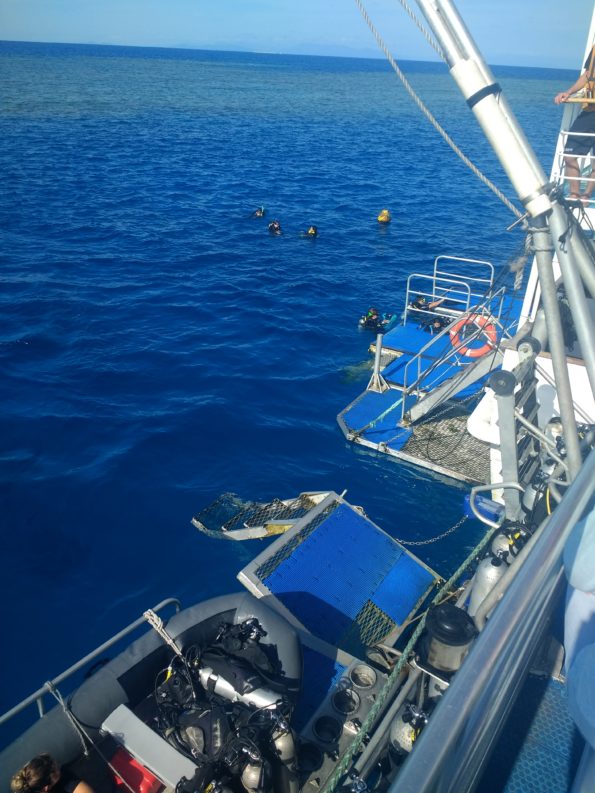
On the first day, following a chance encounter with some breaching Humpbacks on the boat journey out, I got my first experience of the difference in the scale of life present in this environment compared to UK waters. The sheer scale of life in comparison to what I’d seen before was staggering, adapting to fill every available niche on the reef. Due to the open water location, visibility was regularly 25-30 meters, making vast sections of reef visible at any one time and much easier to explore (the much warmer temperatures definitely helped here too!)
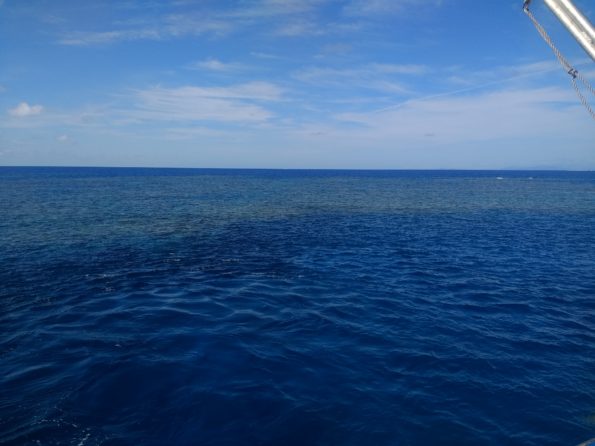
One of the first dives involved visiting a site called Shark Mountain, famous for being a hotbed for reef sharks. Me and two hosties I met on Reefie set out to explore this stretch of the reef. We were lucky to pass through sections of reef full of table-top, brain corals and anemones. With these came a range of smaller fish and inverts, including Christmas tree worms, clownfish, sea cucumbers, parrotfish and damsels coloured from dark blacks to bright blues and golds. Near the end of the dive we finally spotted some larger reef predators, two Queensland groupers, followed by a black tip reef shark.
Although these hunters were impressive to see in daylight, at night is where they come into their own. With the ocean as flat as glass, conditions could not have been better to observe these apex predators on a night dive. The reef, no longer busy with the life seen in the day was instead patrolled by grey reef sharks up to 3 meters long and scores of giant trevallies. When not illuminated by our torch light, blue bioluminescent algae in the water column would light up with disturbance from both the large predators and our movement. One amazing adaptation to divers was shown by the giant trevally, who used the torchlight of divers to hunt fish stunned by the sudden light change.
Norman’s reef involved my first experience of swim throughs, tunnels left behind due to either erosion or the original formation of the reef. These areas are brilliant ways to get close to the reef and with the help of the DM’s avoid damage to the reef at the same time. This section of reef also happened to be the home of a very friendly Humphead Maori Wrasse called Frank who loved interacting with divers.
The highlight of these days of diving however were dawn dives at Saxon Twin Peaks. Beginning by getting into the water in the dark, as the dive proceeded early morning sunlight cast beams of sunlight over the reef. When this light hit certain areas of reef with plenty of fish, the light scattered making an absolutely beautiful sight. These dives also saw the peak in activity of Turtles, one particularly inquisitive turtle gave me an unforgettable close encounter.
Despite the beauty, the risks to the reef were just as clear. Years of bleaching had clearly left scars on every site, from small patches of new bleaching to entire sections being wiped out. Luckily these reefs were visited by a crew who are dedicated to promoting responsible dive activity (looking and not touching) as well as raising awareness of the risk of increasing ocean temperatures on this irreplaceable ecosystem.
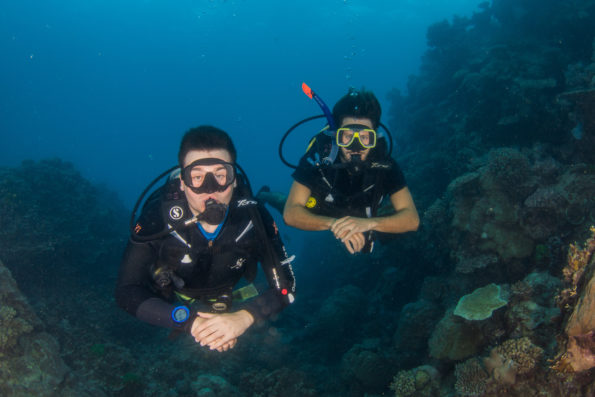
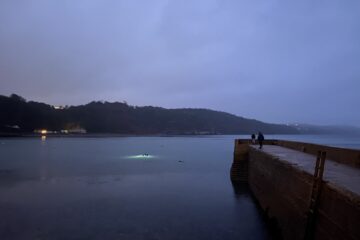
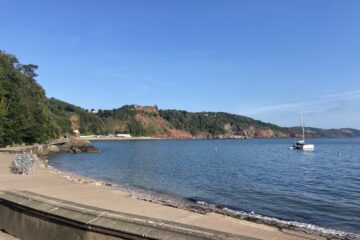
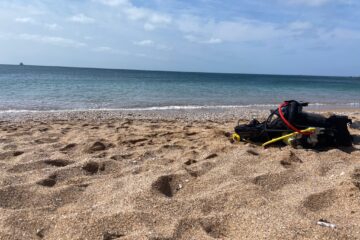
0 Comments